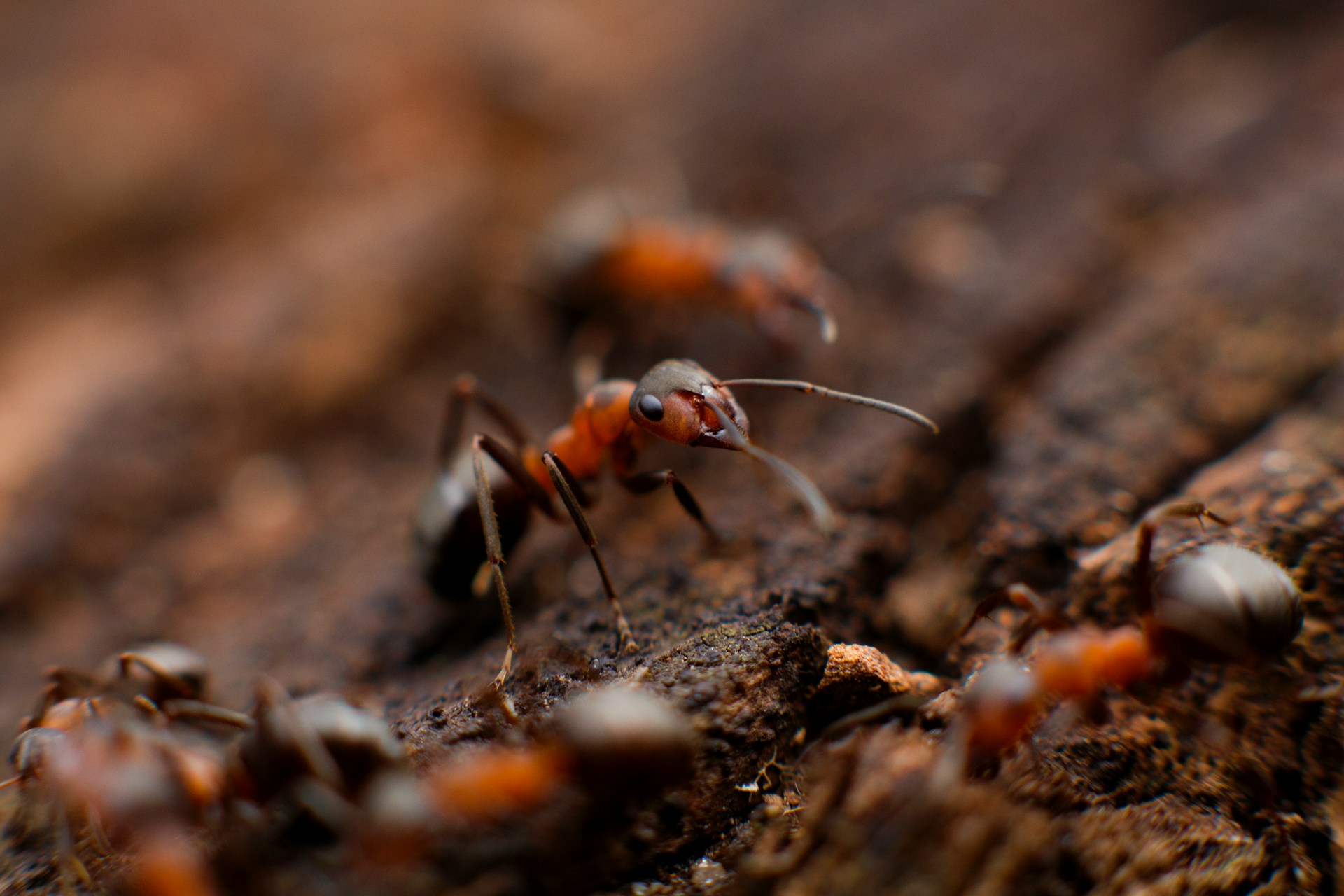Pest activity may rise and fall with the changing seasons, but pests themselves don’t operate on a calendar. While seasonal trends offer a helpful framework, they don’t always align with reality. Infestations often stem from overlooked routines, structural vulnerabilities, or small shifts in weather that catch property owners off guard.
Spring’s Early Red Flags
Spring is commonly associated with surges in ant and termite activity. But these pests are more than just a seasonal nuisance — they’re often responding to conditions already brewing inside. Ant invasions frequently signal hidden moisture issues or accessible food sources left out during winter. Taking a closer look under sinks, sealing snacks, and maintaining dry surfaces can dramatically reduce the risk.
Termites, on the other hand, are masters of subtlety. By the time swarmers appear, structural damage may already be underway. Subterranean termites love damp areas with soil-to-wood contact. Look for bubbling paint, soft walls, or pencil-thin mud tunnels to catch infestations early — before they escalate.
When Mosquitoes Move In
Mosquitoes are often dismissed as a summer problem, but they usually arrive in spring. Rain and melting snow create stagnant puddles in clogged gutters, old flower pots, or shaded yard depressions — ideal breeding zones. Reducing standing water is key to prevention. It’s a small step that pays big dividends as temperatures rise.
Stop Wasps Before They Start
Wasp concerns typically peak in the heat, but early spring is their critical nesting period. Overwintered queens scout out protected areas like eaves and sheds to start their colonies. Removing small nests at this stage is more effective than waiting. Early action discourages nesting behavior, though multiple follow-ups may still be needed.
Winter’s Hidden Guests
When temperatures drop, pests look for warmth. Rodents, bats, and even some insects shift indoors, slipping through gaps you may not even notice. Basements, attics, and garages offer perfect cover. Late fall is the time to inspect vents, weather stripping, and foundation cracks. Prevention here is far easier than eviction later.
Why It All Comes Down to Prevention
Residential pest control isn’t just about reacting — it’s about staying one step ahead. Deferred maintenance, passive habits, and seasonal assumptions can all create blind spots. Consistent, proactive steps throughout the year provide the best defense. This means knowing what pests want, recognizing early signs, and removing the conditions that invite them in.
No matter the season, pests are looking for an opportunity. With the right strategy, you can make sure they don’t find one.



